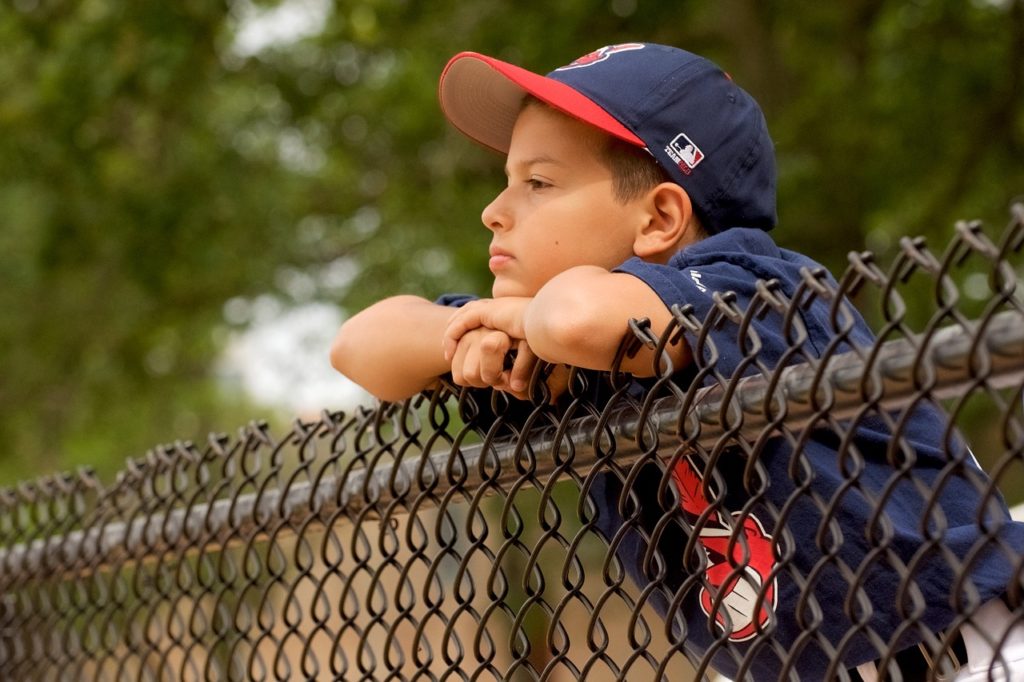Spring means baseball training. For many families, baseball is a major focus of their time and energy. Dreams are made on and off the field. These dreams are fueled by historical greats like Babe Ruth and Nap Lajoie, but how eco-friendly is the sport?
Major league baseball has made steps to green the sport. LED lighting and recycling; however, the size of the stadiums and frequency of games makes it the dirtiest professional sport environmentally. Slate examined the question:
Though football games are massive productions, at least they’re infrequent—an NFL stadium hosts just eight regular-season contests a season. Professional baseball is much dirtier over the long haul, with each stadium hosting 81 regular-season games ayear and drawing an average of 2.66 million fans (vs. about 542,000 fans per NFL stadium). Hockey and basketball are cleaner than baseball mostly because their games take place in smaller venues and they play shorter schedules, thus attracting fewer fans; the average NBA franchise gets 728,037 paying customers per year, while the NHL average is 678,440. Basketball is almost certainly the greener of the two indoor sports, since keeping an ice rink frozen requires more energy than maintaining a hardwood court.
How Eco-Friendly is Your Child’s Baseball Field?
Unfortunately, large quantities of pesticides, herbicides, and fungicides are used on playing fields. Exposure to these toxic chemicals can cause grave health problems for children, as well as consequence to local aquatic and wildlife. Beyond Pesticides reports:
A conventional maintenance plan includes the use of a fungicide on a regular basis to prevent fungal pathogens, a post-emergent herbicide (such as 2, 4, D) to kill crabgrass and dandelion seed, a selective herbicide (such as Trimec or Mecoprop) to kill clover and other broadleaf weeds, and an insecticide (such as merit or dylox) to kill insects such as grubs. These are all pesticides, whose health effects are discussed below, and their use on playing fields is particularly troubling because children come into direct contact with the grass, and have repeated, and prolonged exposures. While much is known about the effects of individual pesticides and products, the health effects of the mixtures described here on children are not evaluated by the US Environmental Protection Agency (EPA).
Pesticides use on children’s sports fields are linked to these ailments and diseases:
- Asthma
- Cancer
- Neurological disorders
- Lymphoma
- Leukemia
- Nausea
- Skin Irritations
- Vomiting((https://www.panna.org/sites/default/files/PesticidesPlayingField.pdf))((http://www.foxnews.com/health/2011/06/06/pesticides-on-playing-fields.html))
Many parents think pesticides, herbicides, and fungicides wear off after application. It’s not just exposure on the field that is a cause for concern.
Shoes track herbicides into homes where they remain trapped in carpeting for up to a year!((https://pubs.acs.org/doi/abs/10.1021/es960111r))((https://www.panna.org/sites/default/files/PesticidesPlayingField.pdf))
The truth is our children’s bodies are carrying the burden of these chemicals.
The US Center for Disease Control and Prevention (CDC) found shocking amounts of these substances in children’s blood and urine.((https://www.cdc.gov/exposurereport/pdf/fourthreport.pdf)) The CDC’s biomonitoring program test 212 toxic chemicals starting with children six years and older. “Organophosphate pesticides are present in 98.7 percent of children tested,” according to Beyond Pesticides. Similar results were found in a study published in Environmental Science and Pollution Research, “.The percentage of children with detectable concentrations of an individual chemical ranged from 26 to 100%; the average was 93%, and 29 of 36 were detected in more than 90% of children.”
What Can Parents Do to Help Baseball Be Eco-Friendly?
Sports parents are very involved in their children’s passions. They are already connected with teams and leagues making it easier to mobilize change. Teams can advocate for eco-friendly alternatives for field management.
Additionally, make sure your children do not wear their athletic shoes in the house. This will reduce long-term exposure after the season ends.
We were sent Sports Illustrated Baseball’s Greatest that inspired us to look at the environmental consequence of the sport. This coffee table book features beautiful photographs sure to entertain any baseball fan of any age.
Who’s the greatest slugger of all time, Babe Ruth or Ted Williams? Where do Derek Jeter and Cal Ripken Jr. rank on the list of the best shortstops? At third base, would you rather have Mike Schmidt or Brooks Robinson? Is Fenway or Wrigley the better ballpark?
This book will end many arguments-and start some new ones. Sports Illustrated‘s has polled its Major League Baseball experts to determine the ultimate Top 10 in more than 20 categories. The rankings appear alongside stunning photography and classic stories from SI’s archives. This is the best of the best in the major leagues, or, more simply, Baseball’s Greatest.
Sports like baseball can provide children with lessons in camaraderie, community, and physical exercise. Parents and communities can advocate for safer playing fields to reduce chemical exposure. Teams can be involved in bringing change to green the sport for all to enjoy.
858265 / Pixabay


It has long been time to ban the use of pesticides throughout the world! This is dangerous not only for the health of our children, but also for nature! Pollution has reached the scale of the disaster. his is very important, because we pollute the planet very much, and if we continue, by 2038 there will be a global water shortage and not only this!